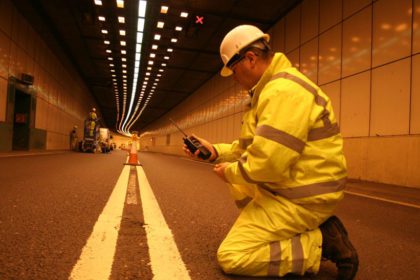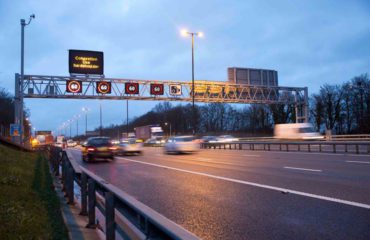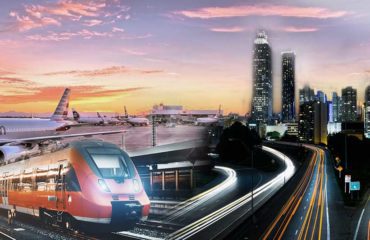
One of the UK’s biggest engineering projects marked a major milestone in October, as it was revealed that an Elizabeth line train has been hauled through the Crossrail tunnel for the very first time.
Crossrail is set to increase the rail capacity in central London by 10%, and is expected to carry around 200 million passengers a year when fully open. Its main feature is 13 miles of new twin tunnels, right through central London.
Creating the tunnels has been a huge undertaking. Each has to be delicately manoeuvred between countless existing road and rail tunnels, utilities and building foundations. One of the UK’s biggest ever archaeology programmes has even been part of the construction! And of course, all of these logistical challenges have required clear and reliable communications networks – Simoco Wireless Solutions’ special area of expertise.
It’s important to remember, however, that the communications challenges don’t end once the building has been finished and Elizabeth line trains are speeding backwards and forwards underneath London’s streets.
In fact, rail tunnels require highly specialist permanent communications networks, in order to keep trains running smoothly and all passengers and staff safe, 24/7.
What communications are required?
As a bare minimum, three main groups of people need to be able to communicate clearly and reliably within rail tunnels: day-to-day operatives or managers; maintenance staff; and emergency services.
The day-to-day running of rail tunnels typically requires a public address (PA) system, so that service updates, safety instructions and other passenger notices can be provided quickly and clearly.
Rail tunnels are great feats of engineering, full of moving parts and different pieces of machinery; engineers and inspectors need to carry out regular checks to ensure that everything is operating as it should be. While undertaking such work, they need to be able to communicate with each other, and back to a centralised office. All of this needs to be in place to cope with routine, planned work – but should a train break down, or another unexpected incident occur, those communications become even more critical.
As for police, fire and ambulance services; should an emergency occur underground it is critical that they can access and assess the incident, decide on the best course of action and undertake rescue and repair work as quickly as possible. Accidents underground can be exacerbated more rapidly than those at street level; fires can quickly fill tunnels with smoke, conditions are cramped and dark, and individuals are more likely to panic. It is therefore vital that emergency services, just like engineers, can communicate clearly with each other and with their colleagues back at base while attending tunnel-based incidents.
These are the top priorities, but the communications requirements of many road and rail tunnels don’t end with these three groups. There’s also the question of whether to layer on additional services, such as cellular coverage or public radio, in order to deliver an enhanced traveller experience.
And of course, all of these disparate systems need to be installed underground, in compact spaces and with potential difficulties in maintaining clear signals.
That’s where Simoco Wireless Solutions comes in.
Underground experts
We’re proud to have developed a specialist practice in mission-critical communications for road and rail tunnels. We combine voice and data as required, unifying them across single sophisticated communications networks that can incorporate serial, Ethernet and PMR radio as well as mesh and LTE technologies.
We’ve installed dedicated PMR channels for maintenance operators, and Terrestrial Trunked Radio (TETRA), offering reliability, security and clarity of communications for direct links to emergency services. We’ve also deployed fireground radio underground, so that on-site communications for fire and rescue services are always available, and are helping operators to get ready for the LTE-driven Emergency Services Network (ESN) rollout across various urban parts of the UK.
So if you’re going underground, we’re here to help keep you connected.
Follow us on LinkedIn
Follow our company LinkedIn page where we share groundbreaking news and stories.


